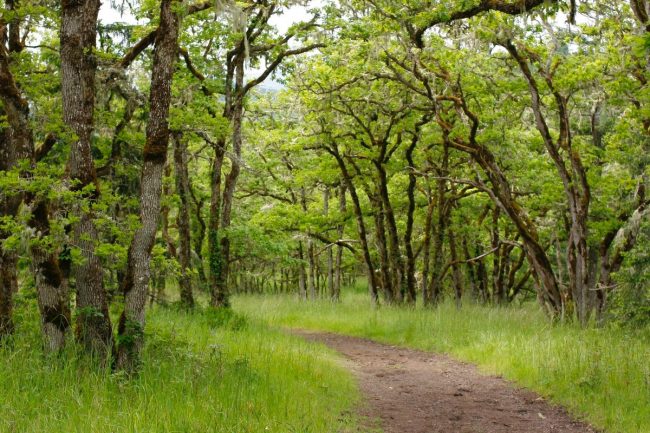The majestic oak is an iconic symbol of the Willamette Valley with a long-standing cultural significance and valuable ecological function. Early naturalists and settlers to the valley described wide expanses of prairie interspersed with oak savanna and oak woodland, which Native Americans maintained by setting low intensity fires. Over thousands of years, a diverse community of animals and plants evolved that could withstand or even depend upon regular fire to thrive. This includes fire-resistant oak.
(Download a PDF brochure about Willamette Valley oak projects.)
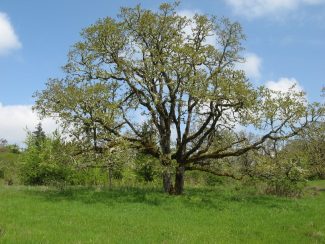 The last 150 years have brought dramatic changes to the valley’s ecosystems, and oak and prairie habitats have been among the most affected. After settlers moved into the valley in the mid-1800s and began suppressing fires, many of the oak and prairie dominated landscapes were gradually overtaken by conifers and other woody vegetation or converted to farms and cities.
The last 150 years have brought dramatic changes to the valley’s ecosystems, and oak and prairie habitats have been among the most affected. After settlers moved into the valley in the mid-1800s and began suppressing fires, many of the oak and prairie dominated landscapes were gradually overtaken by conifers and other woody vegetation or converted to farms and cities.
Oak Species
Two species of oak are native to the Willamette Valley—the Oregon white oak, which can be found throughout the valley, and the California black oak, which extends into the valley as far north as Monroe. Both species are slow growing, need ample sunlight, and can be very long-lived—up to 500 years in suitable conditions. Additional information about these species can be found at Common Trees of the Pacific Northwest.
Willamette Valley Oak Habitats
Oak habitats are often described by the density or canopy cover of trees. Our oak species do not grow well in shade. Therefore, the density of trees can make a difference in the health of the trees in an area.
Areas with widely scattered trees and primarily grass and wildflowers are called savannas.
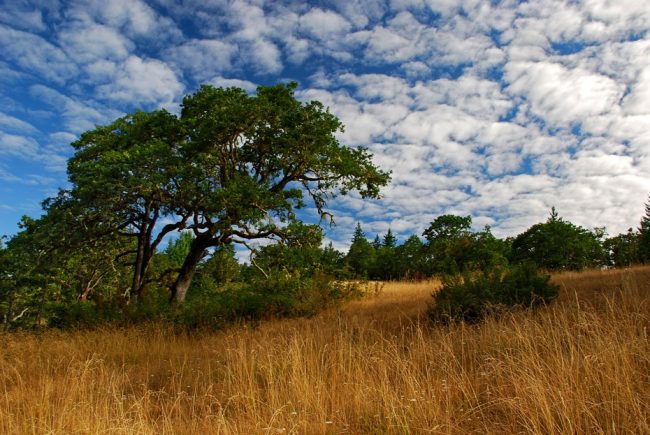
Woodlands include more dense stands of oaks with a mixed understory of shrubs, grasses, and wildflowers.
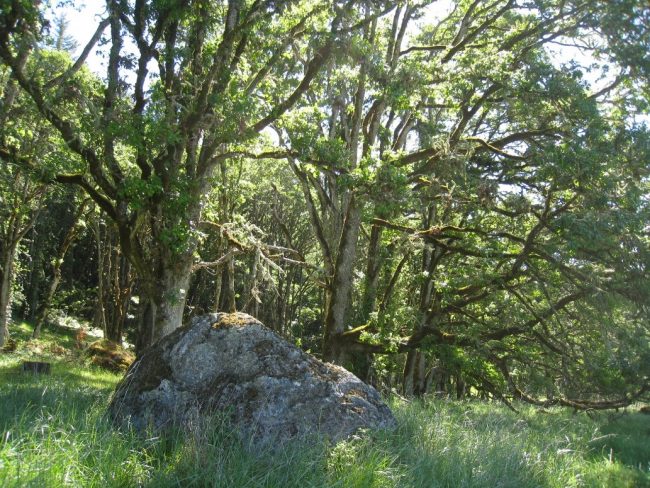
Wildlife
Oak habitats are home to a diverse array of plants and animals. More than 200 native wildlife species found in the valley are dependent on oaks.
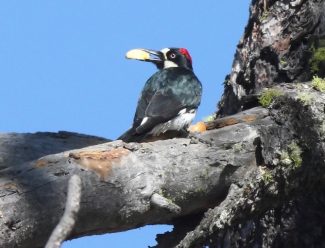
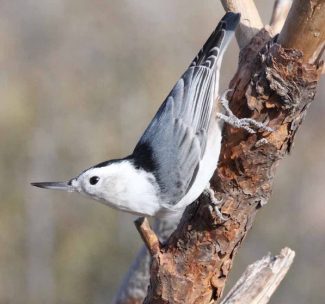
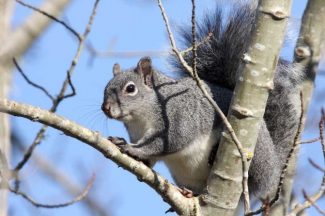
Restoring Oak Habitats
The future of our remaining oak habitats and the species that depend upon them rely on the active management of both public and private lands.
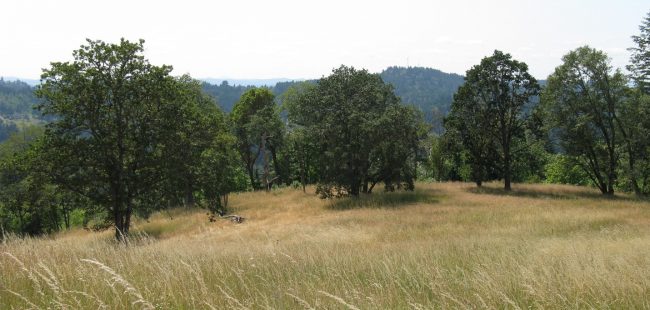
Common management actions implemented in oak habitats include:
- Preservation of Legacy Oaks: Preserving “legacy” oak trees is usually the top priority in a restoration project. These large trees can be hundreds of years old and often have expansive branches, abundant nesting cavities, and host wildlife-friendly lichen and mistletoe. To ensure long-term survival, managers will often remove all trees growing into the canopy of legacy oaks.
- Thinning: Many oak woodlands are too dense and crowded for healthy growing conditions for oaks. Where regular burning is not an option, removing non-native trees, most conifers like Douglas-fir, and in some cases, younger oaks is a common management technique.
- Controlling Invasive Species: Invasive species can significantly alter the quality of habitats for wildlife and for new oak tree establishment. Typical non-native invasive species targeted for removal include hawthorn, cherry, blackberry, Scotch broom, and a host of non-native grasses and plants.
- Improving Native Understory: Following thinning operations and invasive species control, oak habitats can be replanted with native grasses, flowers, and shrubs. These plantings provide diverse habitat better suited for native wildlife species and pollinators, in addition to reducing soil erosion.
- Ecological Burning: Controlled ecological burns are implemented to benefit oak habitats by controlling competing vegetation.
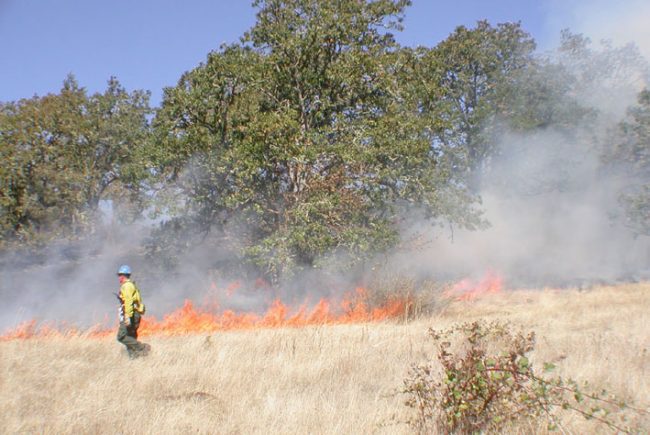
What Does Oak Restoration Look Like?
Restoring oak savanna and woodland often requires using many techniques found in the timber industry. Restoration and forestry professionals work hand-in-hand to identify the goals of each project and the right methods to get the job done. Trees may be felled by hand, with low-impact forestry equipment, or can be removed with equipment used on small scale timber operations.
These projects are implemented with care to limit impacts to soils and remaining vegetation. Initially, where the equipment has traveled or wood has been piled, there will be exposed soil and downed limbs. It can take from one to several seasons, further treatment, and planting or seeding for the area to begin to resemble the oak habitat intended by the restoration project.
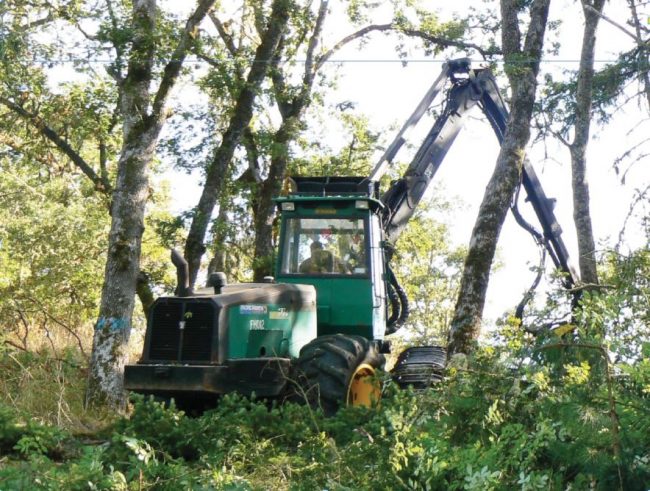
South Willamette Valley Oak Habitats to Visit
- Bake Stewart Park (U.S. Army Corps of Engineers)
- Bald Hill Farm (Greenbelt Land Trust)
- William L. Finley National Wildlife Refuge (US Fish and Wildlife Service)
- Howard Buford Recreation Area (Lane County)
- See-sil Savanna (U.S. Bureau of Land Management)
- Willow Creek Preserve (The Nature Conservancy)
- Wild Iris Ridge (City of Eugene)
Oak Habitat Resources
- A Landowner’s Guide for Restoring and Managing Oregon White Oak Habitats
- A Practical Guide to Oak Release
- Cascadia Prairie-Oak Partnership
- Land Manager’s Guide to Bird Habitat and Populations in Oak Ecosystems of the Pacific Northwest
- Move Over, Douglas-fir: Oregon White Oaks Need Room to Grow
- Oregon Conservation Strategy
- Oregon’s Oak: A Vanishing Legacy (video)
- Restoring Rare Native Habitats in the Willamette Valley: A Landowners Guide to Restoring Oak Woodlands, Wetlands, Prairies, and Bottomland Hardwood and Riparian Forests
- Restoring Oak Habitats in Southern Oregon & Northern California
- Wildlife on White Oaks Woodlands
